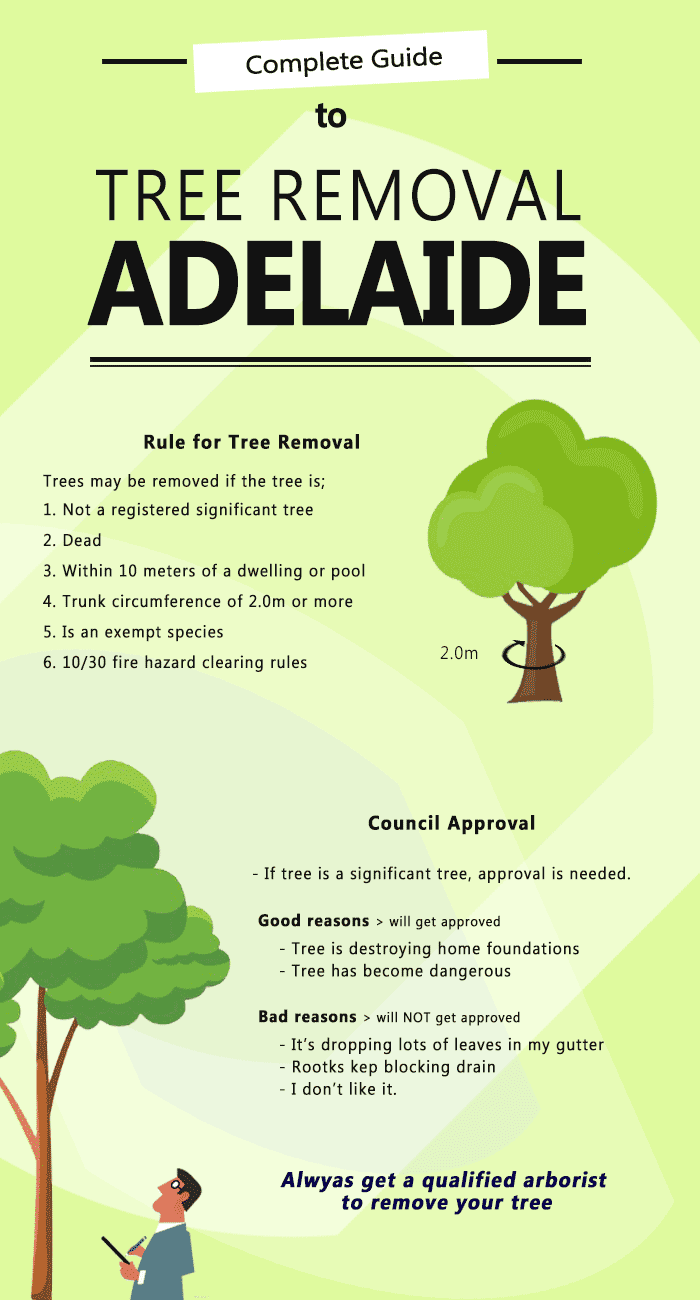Seasonal Tree Upkeep: Standards For Dealing With Trees Before And After They Are Removed
Seasonal Tree Upkeep: Standards For Dealing With Trees Before And After They Are Removed
Blog Article
Web Content By-
When it comes to seasonal tree care, making certain correct management prior to and after removal can substantially influence the health and looks of your landscape. By comprehending the required steps associated with assessing tree wellness and getting ready for removal, you can proactively secure your residential or commercial property. But what regarding the crucial methods to follow once the tree is gone? Stay tuned to find the essential post-removal care measures that will aid you cultivate a growing and sustainable environment for your trees.
Pre-Removal Tree Care
Prior to dealing with the elimination of a tree, it's vital to focus on pre-removal tree care. Begin by evaluating the tree's health and architectural integrity. Look for visit site of condition, bug infestations, or any kind of architectural concerns that may position a safety and security risk during removal. It's vital to talk to a licensed arborist to determine the most effective strategy.
Trimming tree trimming auckland or unhealthy branches can avoid additional damages to the tree and make sure a smoother elimination procedure.
Additionally, consider the environmental impact of getting rid of the tree. Trees play an important duty in our environment, so growing a new tree in an appropriate area can aid balance out any loss. Ensure that you have the essential authorizations and permissions for tree removal, specifically if the tree is shielded by regional policies.
Seasonal Upkeep Tips
Examining your tree's needs throughout the year is critical for its health and longevity. To keep your trees in top problem, follow these seasonal maintenance ideas.
In springtime, concentrate on pruning to remove dead or broken branches and motivate new growth.
Summertime calls for routine watering, specifically throughout droughts, to guarantee your tree remains hydrated.
As fall strategies, keep an eye out for early indications of condition or tension, and take into consideration using compost to shield the origins throughout winter season.
In wintertime, beware when getting rid of snow from branches to avoid damage, and remain to check your tree's overall health.
Bear in mind to readjust your care regular based upon the specific demands of your tree species and local climate. By remaining conscientious and aggressive throughout the periods, you can aid your trees flourish and grow for many years ahead.
Post-Removal Tree Treatment
To make sure the health of your landscape even after tree removal, correct post-removal care is necessary. After a tree is removed, it's crucial to fill up the remaining hole with topsoil and compact it to prevent settling. This will assist maintain the stability of the ground and prevent prospective hazards in the future.
Take into consideration growing brand-new plants in place of the gotten rid of tree to bring back the equilibrium and appearances of your landscape. Routinely water the location to promote the growth of brand-new plants and avoid dirt disintegration.
Evaluate the bordering trees for any type of signs of illness or stress that may have been caused by the removed tree. Keep an eye out for parasites that might've been brought in to the previous tree and take safety nets to safeguard the staying plants.
If necessary, talk to an expert arborist to evaluate the effect of the elimination on the bordering trees and identify any type of added treatment required. By following these post-removal treatment actions, you can guarantee the continued health and charm of your landscape.
Verdict
Finally, aggressive seasonal tree care is vital for maintaining the wellness and equilibrium of your landscape. By examining tree wellness, trimming, and seeking advice from an arborist before elimination, you can make sure a safe procedure. After elimination, filling the hole, growing brand-new plants, and regular watering will promote brand-new development and protect against erosion. Remember to examine surrounding trees for illness and seek additional care steps from an arborist to keep your landscape flourishing.
